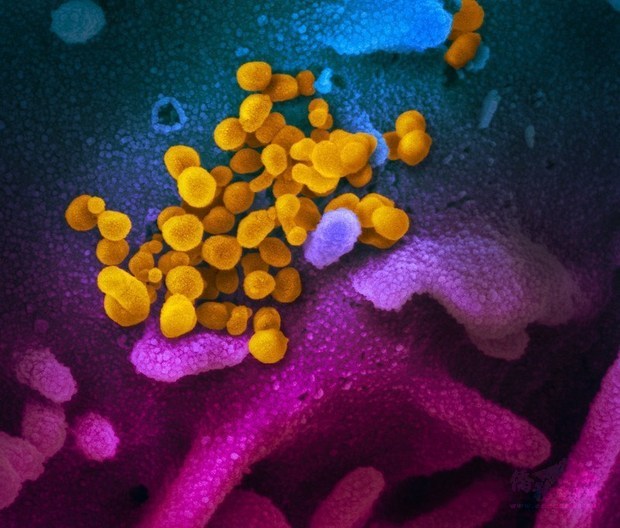
Taipei, Feb. 22 (CNA) A professor at National Taiwan University's (NTU) College of Public Health on Saturday waded into the highly contentious debate over the origins of the COVID-19 coronavirus, saying that the virus could indeed be synthetic, but that much more research is needed before a definitive conclusion can be reached.
At an educational forum hosted by the Taiwan Public Health Association, Professor Fang Chi-tai said finding the virus' origin is vital because of its implications for response measures, which usually differ based on whether viruses are naturally occurring or synthetic.
The theory that the COVID-19 was developed in a laboratory and accidentally released has gained enough attention in recent weeks to draw a statement from the World Health Organization (WHO), which said conspiracy theories only undermine its response efforts.
In an open letter Wednesday, public health scientists from nine countries also denounced the notion of a laboratory virus, saying it was a "conspiracy theory" that threatened "the rapid, open and transparent sharing of data" between China and other countries.
Wading into the controversy, Fang argued that public health officials should remain open to all possibilities that are supported by evidence.
He said scholars find it interesting that the COVID-19 outbreak started close to China's Wuhan Virology Institute, a government research laboratory that has the highest biosafety level (BSL-4), which means it most likely houses fatal pathogens such as the severe acute respiratory syndrome (SARS) and Ebola viruses.
Given China's reputation for lax safety standards and lab culture, there are valid grounds for suspicion regarding the COVID-19, Fang said.
Citing recent research by French scientists on the genetic sequencing of the COVID-19, Fang said it has a 96 percent resemblance to the RaTG13 bat virus, samples of which were reportedly stored at the Wuhan Virology Institute.
This similarity had "raised discussions" in academic circles, with some researchers saying bats may have been the natural source of the COVID-19, given the fact that they are among the many species of wildlife sold at China's wet markets, he said.
However, a 99 percent similarly between viruses is a more accurate standard for determining origins, Fang said.
Nonetheless, in terms of the virus' structure, the COVID-19 shows mutations of a complexity that are highly unlikely to be natural, although that is a possibility, he said.
Fang said public health authorities are working hard to determine the origin of the virus because that will tell them whether it can be eradicated or merely contained.
For example, common influenza viruses occur naturally and have an ecological niche, so the best that can be done is to manage them and reduce their impact, he said.
On the other hand, lab-made viruses have no place in nature, which means they can be eradicated once the contagion stops, he said.